What Happened to EO 14110, and Why Does Human Connection Matter More Than Ever?
The rescission of Executive Order 14110 marks a critical moment in our AI journey. While the order aimed to establish guardrails for AI development, its removal reveals a deeper truth: effective AI governance isn’t just about regulations — it’s about understanding how technology affects human connection and experience.
Why Human Connection is the Key to AI Risk Management
At its core, every AI failure is a story of human disconnection. When AI systems fail, it’s rarely just a technical malfunction — it’s often because we’ve created distance between:
- Teams implementing AI and those affected by it
- Organizations and their customers
- Technical solutions and human needs
The stakes are high. Without understanding the human impact of AI implementation, organizations risk:
- Creating environments where people don’t feel heard or understood
- Implementing systems that weaken rather than strengthen critical human connections
- Missing early warning signs because people don’t feel safe speaking up
- Failing to harness AI’s potential to enhance human capability
Introducing the HUMAN Framework…
The Human-centered Unified Methodology for AI Nurturing (HUMAN) Framework takes a revolutionary approach to AI implementation and governance. Unlike traditional frameworks that start with technical requirements, the HUMAN Framework begins with a fundamental question: Who are your people?
The framework is built on three essential layers:
Layer 1: Environment Assessment
- Understanding your human landscape
- Mapping existing patterns of connection
- Identifying where people feel heard or unheard
- Measuring the strength of current relationships
Layer 2: Connection Design
- Creating spaces where AI strengthens human bonds
- Designing implementations that enhance trust
- Building transparent communication channels
- Establishing meaningful feedback loops
Layer 3: Technical Implementation
- Selecting and deploying AI solutions that support human connection
- Measuring impact on both technical and human metrics
- Adapting based on real human feedback
- Continuous improvement of both technology and relationships
Why Should Businesses Take Action Now?
The removal of EO 14110 isn’t just about losing federal guidance — it’s an opportunity to lead with a human-centered approach to AI. Organizations that understand this can:
- Build AI systems that strengthen rather than strain human connections
- Create environments where innovation flourishes because people feel heard
- Reduce risk by maintaining strong human feedback loops
- Position themselves as leaders in responsible AI implementation
Real Impact Through Human Connection
The HUMAN Framework transforms traditional AI governance tasks into opportunities for strengthening connection:
- Instead of just maintaining an AI system inventory, create an AI impact map that shows how systems affect human relationships.
- Rather than focusing solely on security protocols, protect both data and human dignity.
- Beyond technical monitoring, establish feedback systems that help people feel heard and understood.
What Happens If We Ignore the Human Element?
History shows us that technologies implemented without consideration for human connection often fail, regardless of their technical sophistication. The risks include:
- Erosion of trust when people feel like numbers rather than humans
- Resistance and workarounds when systems don’t account for human needs
- Lost opportunities when AI creates barriers instead of bridges
Your Next Steps
Learn more about the HUMAN Framework here, an approach that puts human connection at the center of AI governance. It provides:
- Clear guidance for understanding your human landscape
- Practical tools for strengthening connections through AI implementation
- Measurable ways to reduce risk by enhancing human understanding
This is not just about compliance or risk management—it’s about creating environments where both people and technology can thrive. The future of AI lies not in perfect algorithms, but in perfect understanding of the humans who create and use them.
Together, we can build AI systems that don’t just process data—they strengthen the human connections that make organizations successful.
The choice is yours: Will you lead with technology alone, or will you lead with understanding?

